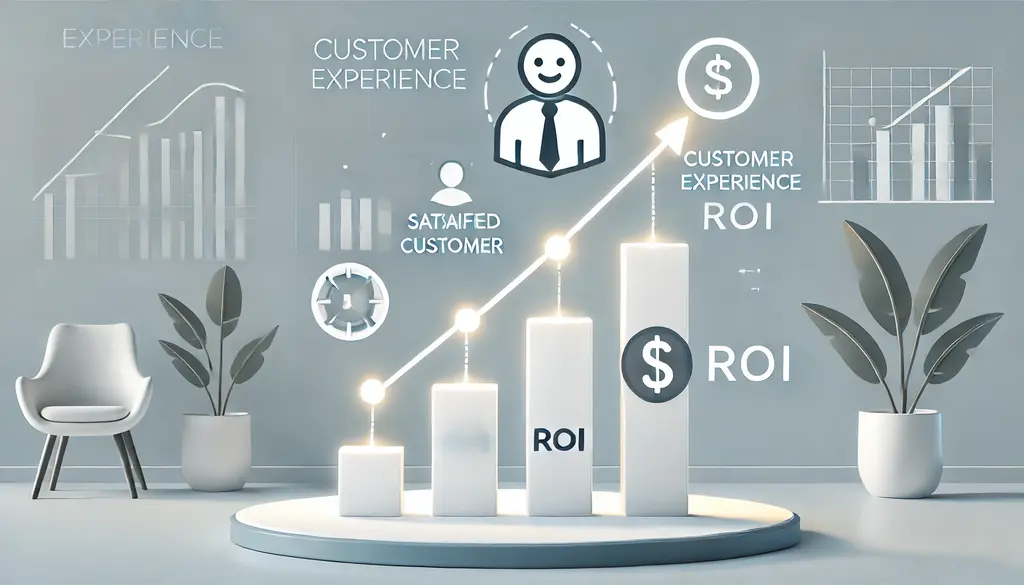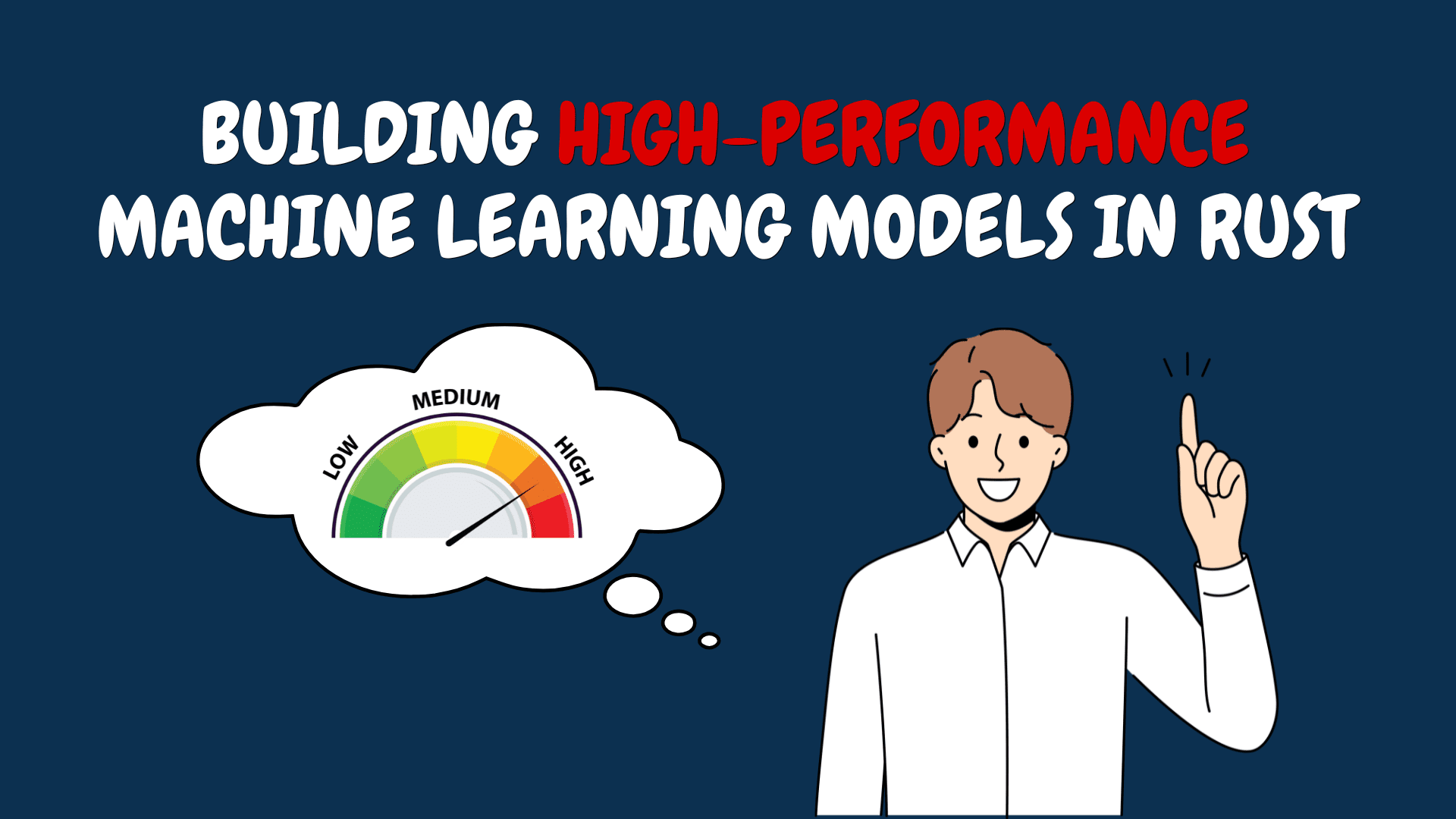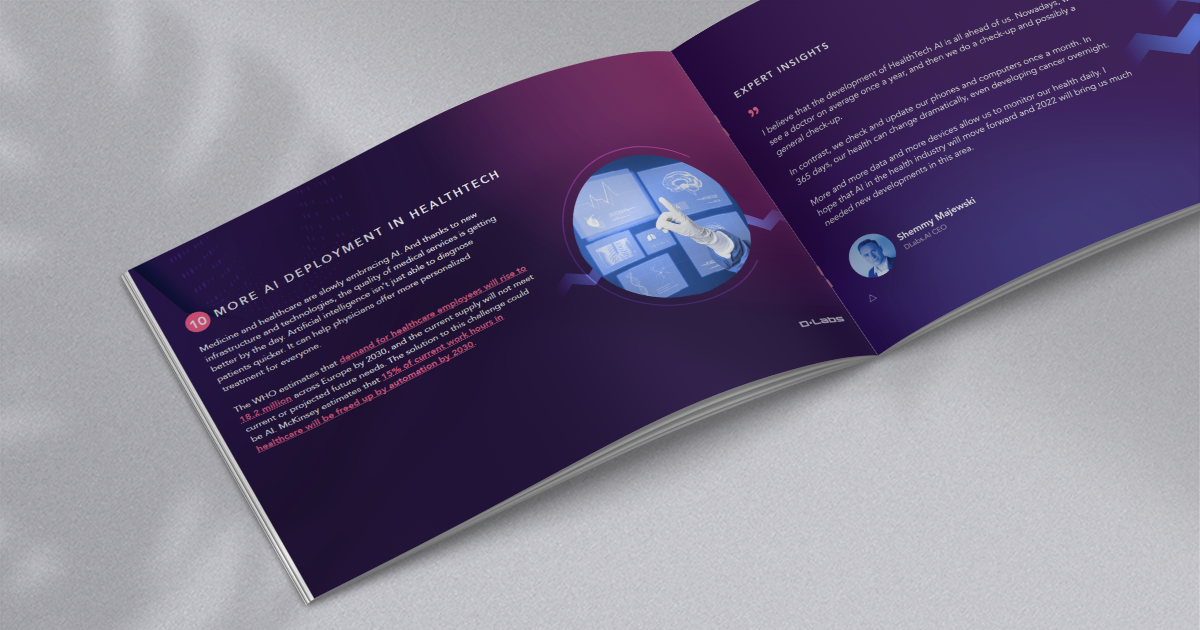Customer Experience ROI: Connecting CX to Business Value
Customer experience (CX) has evolved from a competitive advantage to a fundamental business necessity. Companies prioritizing CX outperform competitors in revenue growth, customer retention, and brand loyalty. Yet, despite its... The post Customer Experience ROI: Connecting CX to Business Value appeared first on Bigly Sales.

Customer experience (CX) has evolved from a competitive advantage to a fundamental business necessity. Companies prioritizing CX outperform competitors in revenue growth, customer retention, and brand loyalty. Yet, despite its obvious benefits, many organizations struggle to quantify the ROI of their CX efforts.
Executives and decision-makers often demand tangible proof that CX initiatives lead to measurable financial outcomes. They want to see how investments in customer service, personalization, and digital transformation translate into revenue growth, reduced churn, and increased profitability.
Unfortunately, CX doesn’t always have an immediate financial impact, which makes it difficult for businesses to justify spending on improving customer interactions.
However, linking CX investment to real business value is not only possible—it is essential. This article will explore how businesses can measure customer experience ROI, identify key metrics, and build a compelling case for why customer experience is a long-term growth engine.
What is Customer Experience ROI?
Customer Experience ROI is the financial return a company gains from investing in strategies that enhance customer interactions, improve satisfaction, and foster loyalty.
While traditional business investments like marketing campaigns or product innovations have clear revenue-driven KPIs, CX investments often yield results over time through increased customer lifetime value, reduced service costs, and stronger brand advocacy.
In simple terms, CX ROI demonstrates how much value a business gets back for every dollar spent on improving customer experience. For example, if a company invests in AI-driven chatbots to enhance customer support, the return might be seen in faster response times, fewer support tickets, and higher customer satisfaction—all of which contribute to long-term profitability.
The challenge is that many businesses overlook the financial impact of CX, assuming that customer satisfaction is merely a qualitative factor. In reality, every interaction a customer has with a brand—from browsing a website to speaking with a service representative—affects their decision to buy, recommend, or leave for a competitor. Understanding how these interactions contribute to revenue and retention is the key to proving CX ROI.
Why is Measuring CX ROI Crucial for Business Growth?
Measuring CX ROI is essential for several reasons. First, it helps businesses justify their investments in CX initiatives, ensuring that resources are allocated effectively. Without a clear understanding of how CX impacts financial performance, organizations risk underfunding customer experience programs, leading to missed opportunities for growth.
Second, quantifying CX ROI enables businesses to secure executive buy-in. Leadership teams often prioritize initiatives with a clear return, and proving that CX efforts lead to increased revenue, reduced costs, or enhanced customer retention can make a compelling case for continued investment.
Third, tracking CX ROI helps organizations refine their customer strategies. By analyzing how different CX initiatives contribute to business outcomes, companies can optimize their approaches, focusing on the strategies that deliver the highest returns.
Finally, measuring CX ROI gives businesses a competitive advantage. Companies that understand and leverage the financial impact of CX are better positioned to build stronger customer relationships, increase market share, and sustain long-term success.
How to Link CX Investment to Real Business Value?
Many businesses struggle to directly link CX investments to revenue and profitability. However, by focusing on key financial and customer-centric metrics, organizations can build a strong case for the business value of CX.
One of the most effective ways to measure CX ROI is by tracking Customer Lifetime Value (CLV). CLV represents the total revenue a business can expect from a single customer throughout its relationship with the brand. A higher CLV indicates that customers are staying longer, spending more, and engaging with the brand, all of which contribute to profitability.
Another critical metric is the Net Promoter Score (NPS), which measures customer loyalty and the likelihood of recommending a brand to others. Studies show that companies with high NPS scores experience faster revenue growth than their competitors. Happy customers not only spend more but also drive new business through referrals.
Additionally, businesses should monitor Customer Satisfaction Score (CSAT) and Customer Effort Score (CES), which measure how satisfied customers are with their interactions and how easy it is to do business with the company. Higher scores in these areas often correlate with stronger customer retention and lower service costs.
To link CX investment to financial outcomes, companies must also analyze revenue growth from CX improvements. For example, businesses that implement personalized marketing and AI-driven recommendations often see higher conversion rates and average order values. Likewise, brands that enhance customer support through chatbots or self-service portals can reduce service costs while improving customer satisfaction.
By tracking these metrics and analyzing trends over time, businesses can create a clear picture of how CX investments drive financial performance.
The Financial Impact of Customer Experience
Customer experience investments can significantly impact a company’s bottom line. Studies show that businesses that lead in CX generate higher revenue, retain more customers, and outperform competitors in long-term profitability.
One of the most direct ways CX impacts financial performance is through customer retention. Acquiring new customers is significantly more expensive than retaining existing ones, making loyalty a crucial driver of profitability. Companies that provide seamless, enjoyable experiences reduce churn and increase customer lifetime value.
CX also influences operational efficiency. Businesses that invest in digital self-service tools, AI-powered chatbots, and efficient customer support systems can lower their service costs while improving response times. Reducing friction in customer interactions leads to fewer complaints, higher satisfaction, and lower expenses associated with customer support.
Additionally, companies that focus on CX often see an increase in cross-selling and upsell opportunities. Satisfied customers are more likely to explore additional products or services, leading to higher transaction values and overall revenue growth.
Brand reputation is another factor that links CX to business value. Today, customer reviews and social media feedback shape public perception. A single negative experience can deter potential customers, while a strong CX strategy enhances brand trust and credibility, driving long-term success.
Minimizing Risks in Measuring CX ROI
Despite the clear benefits, measuring CX ROI presents several challenges. One common obstacle is the lack of clear CX goals and KPIs. Many businesses invest in customer experience improvements without defining measurable objectives, making it difficult to track progress. Setting specific KPIs aligned with business goals ensures that CX efforts deliver tangible results.
Another challenge is the time lag between CX investments and financial returns. Unlike traditional marketing campaigns that produce immediate results, CX initiatives often have long-term effects. Educating stakeholders on the long-term impact of CX is essential for maintaining commitment and patience.
Securing executive buy-in is also a hurdle. Leadership teams often prioritize revenue-generating activities with clear financial returns, making it challenging to allocate budgets for CX. Presenting data-driven insights, case studies, and customer impact reports can help demonstrate the financial benefits of CX investments.
Businesses can overcome these challenges by adopting a data-driven approach to CX measurement. Leveraging customer analytics, AI-driven insights, and real-time feedback can provide valuable data to support CX ROI calculations.
The Future of CX ROI
The future of CX ROI is being shaped by emerging technologies and evolving customer expectations. AI and predictive analytics are playing a crucial role in CX measurement, allowing businesses to anticipate customer needs, personalize interactions, and optimize customer journeys.
Hyper-personalization is another trend gaining momentum. Customers expect tailored experiences based on their preferences and behavior. Companies that invest in advanced personalization strategies will see higher engagement, increased loyalty, and improved CX ROI.
Additionally, CX-driven digital transformation is redefining customer interactions. Businesses that integrate seamless omnichannel experiences, chatbots, and self-service portals will enhance customer satisfaction and reduce operational costs.
As CX continues to evolve, companies that stay ahead of these trends will gain a competitive edge in delivering superior customer experiences and maximizing ROI.
Conclusion: CX is the Ultimate Growth Engine
Customer experience is more than just an operational function—it’s a business growth strategy. Companies that prioritize CX see higher customer retention, increased revenue, and long-term profitability. By measuring CX ROI, linking CX investment to financial outcomes, and leveraging data-driven insights, businesses can prove the tangible impact of customer experience on their bottom line.
For organizations looking to enhance their CX strategy, the key is to focus on customer-centric metrics, invest in AI-driven insights, and continuously refine their approach. The future of business success belongs to those who recognize the true value of CX and make it a core part of their growth strategy. Now is the time to take action—invest in CX, measure its impact, and unlock new opportunities for sustainable business success.
The post Customer Experience ROI: Connecting CX to Business Value appeared first on Bigly Sales.















































































